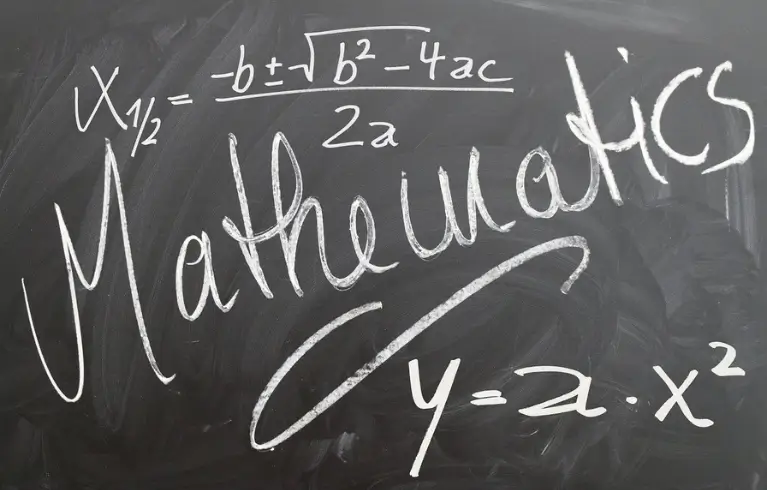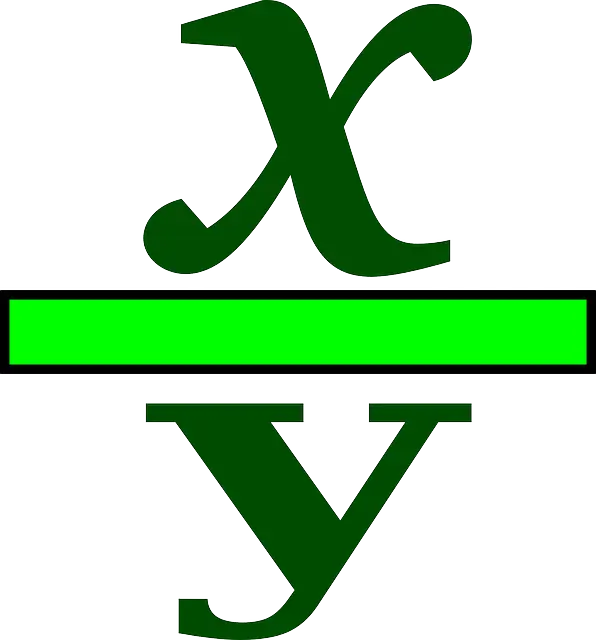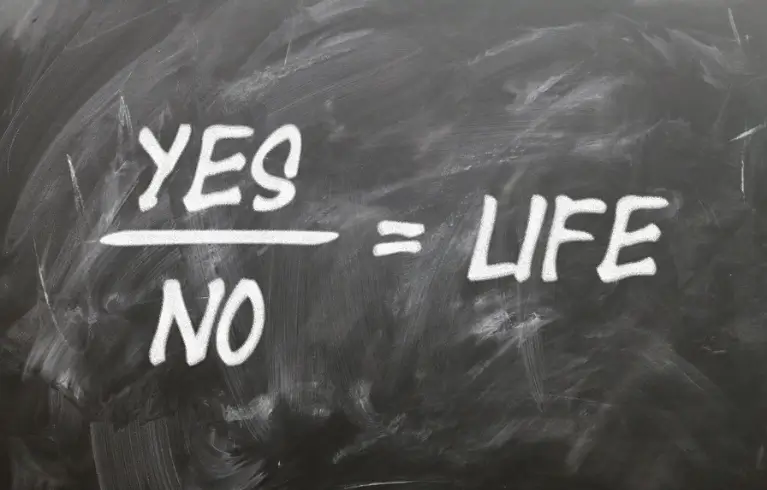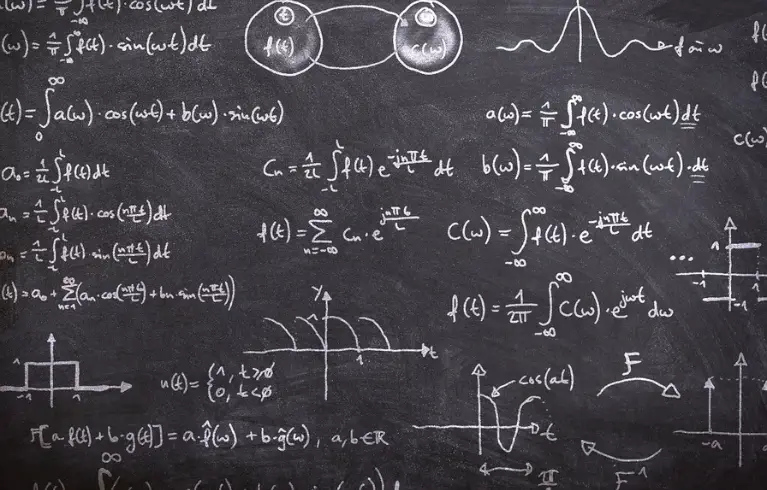We offer free exercises on exponents and powers of numbers. The power of a number is obtained by multiplying this number by itself several times. The reader can first consult the chapter on exponents.
Mathematically, the powers of a number $a$ are defined by $a^n$ with $n$ integer. This is, $$a^n=a\times a\times\cdots\times a.$$
Selected exercises on exponents and powers of numbers
The following exercises use exponents and powers of real numbers. We assume that you are familiarised with the definitions.
Exercise: Write $1800$ as a product of powers:
Solution: Notice that $1800$ is an even number and $$1800=200\times 9= 8 \times 25\times 3^2=2^3\times 3^2\times 5^2.$$ Thus \begin{align*} 1800=2^3\times 3^2\times 5^2.\end{align*}
Exercise: Compute the number \begin{align*} \left(\frac{2}{3^2}\right)^{-3}\times \frac{2^2}{3^4}.
\end{align*}
Solution: Notice that \begin{align*}\left(\frac{2}{3^2}\right)^{-3}=\left(\frac{3^2}{2}\right)^{3}=\frac{(3^2)^3}{2^3}=\frac{3^6}{2^3}.
\end{align*}
Then \begin{align*} \left(\frac{2}{3^2}\right)^{-3}\times \frac{2^2}{3^4}=\frac{3^6}{2^3}\times \frac{2^2}{3^4}=\frac{3^2}{2}=\frac{9}{2}.
\end{align*}
Exercise: Let $a,b$ and $c$ be non zero numbers. Simplify the number\begin{align*}
A=\frac{ab^{-2}(bc^{-1})^{-2}b^3 c^2}{a^{-3}b^5 \left(\frac{1}{a^2}c^3\right)^2}.
\end{align*}Compute $A$ in the case: $a=10^3,\;b=10^2$ and $c=0.0001$.
Proof: First we calculate \begin{align*} & \left( bc^{-1}\right)^{-2}=b^{-2} (c^{-1})^{-2}=b^{-2}c^2,\cr & \left(\frac{1}{a^2}c^3\right)^2=\left( \frac{1}{a^2}\right)^2 (c^3)^2=\frac{1}{a^4}c^6=a^{-4}c^6.\end{align*} We replace these quantities in A, we find \begin{align*} A&=\frac{ab^{-2}b^{-2}c^2b^3c^2}{a^{-3}b^5a^{-4}c^6}=\frac{a b^{-1}c^4}{a^{-7}b^5c^6}\cr &= a^8 b^{-1}c^{-2}.\end{align*} Now we take $a=10^3,$ $b=10^2$ and $c=0.0001=10^{-4}$. We then have \begin{align*} a^8= (10^3)^8=10^24,\quad b^{-1}= (10^2)^{-1}=10^{-2},\quad c^{-2}=(10^{-4})^{-2}=10^{-8}.\end{align*} We replace in $A,$ we get $A=10^{24}10^{-2}10^{-8}=10^{14}$.
Next, we give more advanced exercises on exponents and powers of numbers. Some remarkable identities are needed.
Exercise: Simplify the number \begin{align*}A=1+\frac{1}{2}+\frac{1}{4}+\cdots+\frac{1}{32}.
\end{align*}
Proof: Observe that $32=2\times 4\times 4=2^5$. Then $A$ can be rewritten as
\begin{align*}
A&=1+\frac{1}{2}+\frac{1}{2^2}+\cdots+\frac{1}{2^5}\cr &=1+\frac{1}{2}+\left(\frac{1}{2}\right)^2+\cdots+\left(\frac{1}{2}\right)^5.
\end{align*} Now we will use a remarkable identity of order 6. Then \begin{align*}
1-\left(\frac{1}{2}\right)^6=\left(1-\frac{1}{2}\right)\left(1+\frac{1}{2}+\left(\frac{1}{2}\right)^2+\cdots+\left(\frac{1}{2}\right)^5\right)=\frac{1}{2} A
\end{align*} On the other hand, we compute\begin{align*} 1-\left(\frac{1}{2}\right)^6=1-\frac{1}{64}=\frac{63}{64}.\end{align*}Thus\begin{align*}\frac{1}{2} A=\frac{63}{64}.\end{align*}
That is $A=\frac{63}{32}$.
Exercise: Let $a$ and $b$ be two distinct numbers, and $n$ a relative number. Simplify the expression
\begin{align*} B=\frac{a^n b-a^{n+1}}{ab^n-b^{n+1}}\times \left(\frac{a}{b}\right)^{-n}. \end{align*}
Proof: We factor the numerator by $a^n$ and the denominator by $b^n$ in the fraction we obtain
\begin{align*} B&=\frac{a^n( b-a)}{b^n(a-b)}\times \left(\frac{a}{b}\right)^{-n}\cr &=\left(\frac{a}{b}\right)^{-n}\frac{( b-a)}{(a-b)}\times \left(\frac{a}{b}\right)^{-n}\cr &= – \left(\frac{a}{b}\right)^{n-n}=-1 \times 1=-1.\end{align*}














